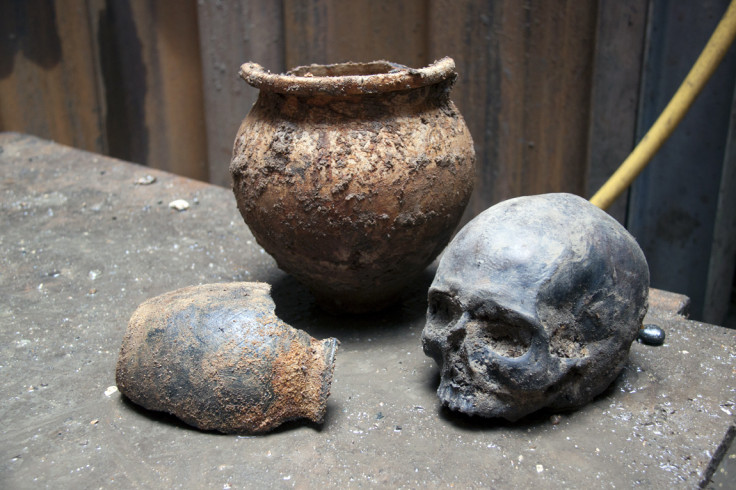Menu With Weed Shows Prehistoric Man Had Ecological Knowledge

What is today termed as the world's worst weed was what kept prehistoric man's teeth safe from cavities and gave him energy to hunt.
Archaeologists at a 2000-9000 year old burial site in central Sudan found evidence of a weed called purple nutsedge in the teeth of seven of the 19 samples they studied. Growing evidence of use of locally available wild plants such as the nutsedge suggests existence of broad ecological knowledge.
For a hunter-gatherer, the weed provided the starch needed for energy. It also contains an amino acid lysine important for the body. Going by the samples, even when farming developed in the area 7,000 years later, people were still munching on nutsedge.
The scientists suspect the weed's ability to inhibit bacteria Streptococcus mutans may have contributed to the unexpectedly low level of caries found in the agricultural population. The weed was used by ancient Egyptians for perfume and was a staple diet of some aborigines.
Today, nutsedge is seen as the worst weed which can be removed only by uprooting.
Karen Hardy from the Catalan Institute for Research and Advanced Studies at the Universitat Autonoma de Barcelona and her colleagues were studying skeletons from Al Khiday in Central Sudan when they stumbled on the weed and other facts of life in the past. They have published their finding in the PLOS ONE journal.
Using isotope and chemical analysis methods, the scientists fished out sand, dirt, pollen and plant fibres from the teeth of 19 individuals who roamed the planet some 9,000 years ago.
Dental calculus
The samples were taken from dental calculus of the specimen. Dental plaque is a biofilm formed naturally when we eat. When not cleaned, it can get stuck in the gum and calcify with deposition of minerals from saliva. This dental calculus becomes so hard it can last for thousands of years.
Other evidence extracted from the dental calculus includes smoke inhalation (from carbon in the calculus), dry (roasting) and wet (heating in water) cooking, a second plant possibly from the Triticaceae tribe and plant fibres suggestive of raw material preparation through chewing.
Some of the plant fibres found suggest an extra-masticatory use of teeth, as a third hand, to process plant material for use in items of material culture, say the archaeologists.
It is known that populations back then used to cook their tubers for a very short time, possibly to facilitate peeling and chewing, while leaving the interior of their food raw. Therefore, despite the raw appearance of the starch granules in the pre-Mesolithic samples, they could have come from food items that had been lightly heated.
Cooking is further supported by the higher amount of total "char" observed in the Neolithic samples. Some of the "char" may be from exposure to fires for non-culinary purposes. Fire is likely to have been used in a wide range of circumstances, including for cooking, protection and warmth. Smoke could have been an insect repellent, or used in food preservation and raw material preparation.
© Copyright IBTimes 2025. All rights reserved.





















